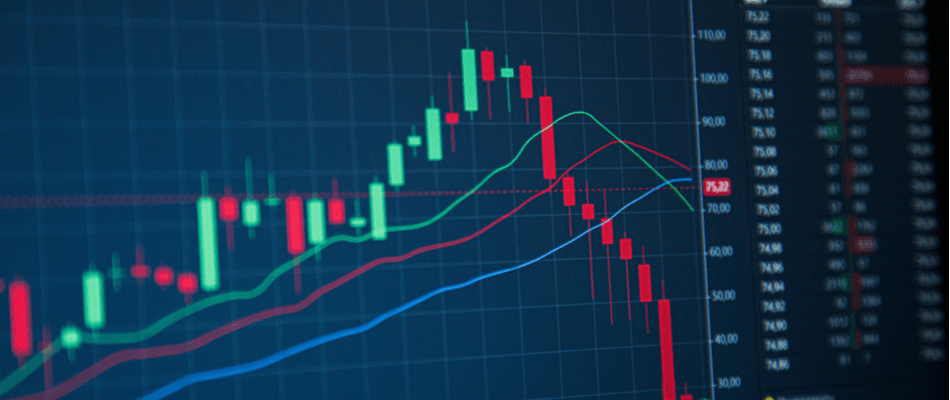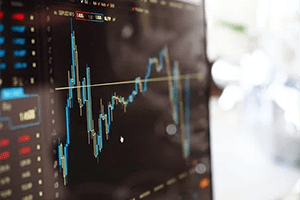
8 Important Facts You Need to Know About Stocks
Every now and then, investors come across questions that they’re not sure of the answer to. Before you start investing, it’s important to understand these 8 essentials, so you know what happens when a stock splits or a trading halt happens, among other things. Save this article, read it carefully, and forward it to a friend who might benefit from it.
What happens in a stock split or merger?
When a company decides that the value of its shares is too high and wants to make them more affordable to stimulate demand, a stock split occurs. When demand for the share increases, the overall price generally increases. When a share is split, the same thing happens to its value. In the case of a 2-1 split, for every share you had, you now receive 2 shares, each worth 50% of the original price. The total value of your portfolio therefore remains the same. In a 3-2 split, for every 2 shares you had, you now receive 3 shares, and each share is worth 66% of the original price.
Another option is to merge the shares. This is exactly the opposite of a split. In a 1-10 merger, a trader receives 100 shares instead of 1,000, or 10 instead of 100. Each share is worth 10 times the price before the merger. A merger is chosen when the company is afraid that it will have to leave the stock exchange because the company’s share price falls below a certain threshold. If a trader still has a number of individual shares after the merger that cannot be merged, he or she will receive cash for the “lost” shares.
When will trading be halted?
The stock exchange may decide to temporarily halt trading for a certain stock. The exchange does this to balance buy and sell orders or to ensure fair trading conditions. Trading may also be halted by the US Securities and Exchange Commission (SEC) if it believes that a stock poses a financial risk to the public. The maximum period of the halt is 10 days. This often happens when a listed company does not publish financial statements or quarterly reports.
When should a share be delisted?
When a share no longer meets the conditions for listing, it must be delisted. The requirements for listing depend on the various stock exchanges. For example, requirements are set for the minimum number of shares offered and the minimum share price. If the share cannot meet the conditions, it must be delisted from the stock exchange on which it was active. In America, these shares can still be traded. This is done via the Over-the-Counter Bulletin Board (OTCBB) or the “pink sheets system”. These shares often lose a great deal of value because investor confidence decreases. Delisting is usually the first step towards bankruptcy.
What if a stock reaches 0 value?
What happens when the price of a stock goes to 0 depends on your position. When you have a long position, you own it, and the investment with the stock goes to 0. When you have a short position, this is the best possible scenario because you make 100% profit

What if a stock is overbought or oversold?
A stock is oversold when analysts suspect it is trading below its true value. This can happen when traders lose confidence in a company or industry. An experienced analyst may then see that the price/earnings ratio is lower than the industry or index.
An overbought stock is the opposite. Analysts suspect that this stock is trading above its actual value. The price of an overbought stock is expected to correct. The most reliable indicator is that the price/earnings ratio is higher than that of the industry or index.
What if an “over-the-counter” stock goes public on a major exchange?
The “over-the-counter” (OTC) market is a network of companies that primarily trade in low-priced stocks. When a company wants to go to a larger stock exchange, it must first meet the requirements of the relevant exchange. This includes a minimum share value, the number of available shares, etc. There are various reasons for companies to change exchanges. This is usually done to increase liquidity and visibility.
What happens when a stock is added to an index?
When a share is added to an index, such as the AEX or S&P 500, volume, visibility and liquidity usually increase. This often results in a price increase. In general, this means that another share is removed from the index.
What happens to shares if a company goes bankrupt?
A company that declares bankruptcy must sell all its assets to pay off its debts. Creditors are paid in a fixed order:
- 1. Security beneficiaries
- 2. Concurrent creditors
- 3. Bondholders
- 4. People with preference shares
- 5. Ordinary shareholders
Common shareholders are almost never paid in the event of bankruptcy. Most of the available funds go to the lenders. If there is enough left over for payment, the common shareholder is compensated based on the percentage of the total amount of shares in the company that the shareholder owns.

A company that declares bankruptcy must sell all its assets to pay off its debts. Creditors are paid in a fixed order:
- 1. Security beneficiaries
- 2. Concurrent creditors
- 3. Bondholders
- 4. People with preference shares
- 5. Ordinary shareholders
Common shareholders are almost never paid in the event of bankruptcy. Most of the available funds go to the lenders. If there is enough left over for payment, the common shareholder is compensated based on the percentage of the total amount of shares in the company that the shareholder owns.

Comparing brokers pays off
In addition to these facts, it is also a fact that there is a large range of brokers. Do you want to start investing in physical shares or speculate on the price movements of shares? Then you need an online broker for that. Compare all brokers with the help of our comparator.
Speculating on the share price is often done with a CFD broker, if you prefer to own shares ‘physically’ you often end up with a stock broker. Read more about the types of brokers .
